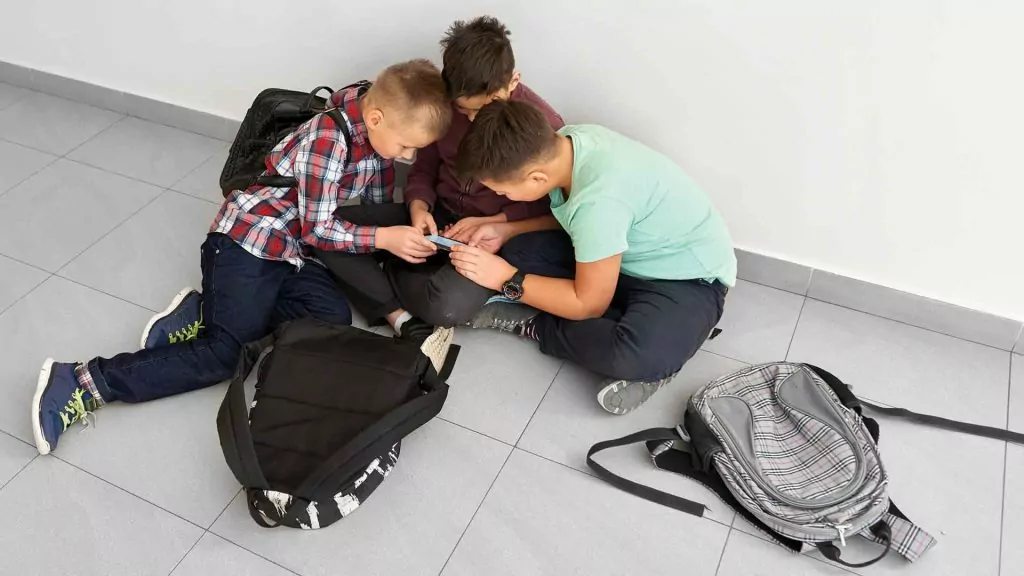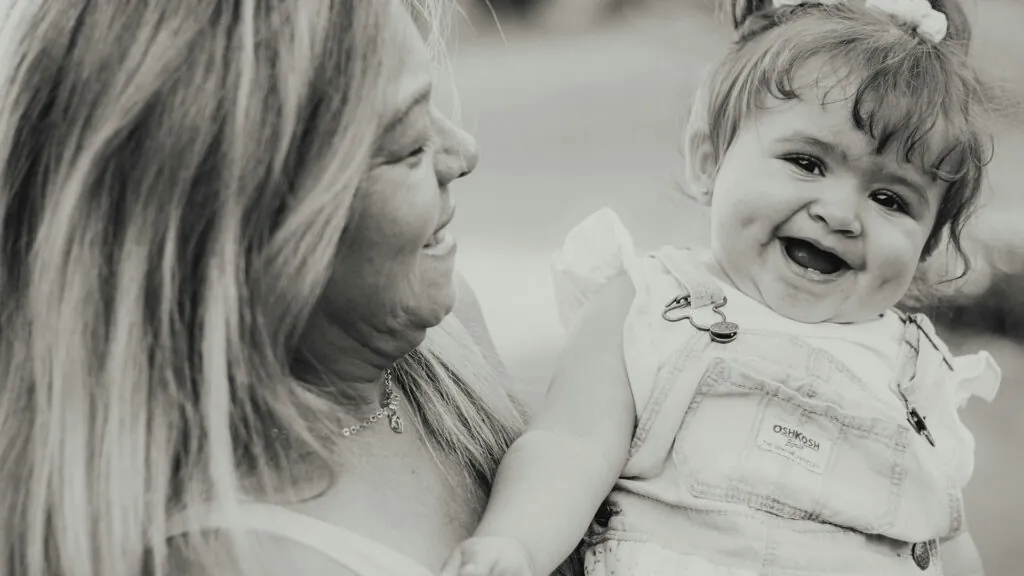Parental controls are not enough
*****
Over the past several years, I have spoken in dozens of Christian communities to thousands of students and parents on the issue of digital porn addiction. Ten years ago, many parents thought the warnings about the digital porn threat were well-intentioned, but exaggerated. These days, most people are aware that porn use is swiftly becoming a norm in Christian communities. Not a single Christian high school I have spoken at did not have a significant number of students struggling with pornography.
Protecting your home doesn’t protect your kids
So, how do parents take steps to effectively porn-proof their homes? Many parents try to do just that. They install internet filters. They monitor the devices their children have or have access to. They use Covenant Eyes, Qustodio, or other accountability software. But time and again, frustrated parents tell me that their children have been exposed to explicit content anyways, because the parents of the friends their children hang out with do not take these precautions. Additionally, parents who actively monitor the internet access of their children by not giving them a smartphone face constant fights with their children if they are among the few who do not have one.
The reality is that if Christian communities are going to respond effectively to the crisis of porn addiction among the young, it will take a community response. Yes, it is essential that individual households ensure that internet access is both restricted and closely monitored. But this is clearly not enough.
In fact, secular governments are for the most part ahead of church leaders in recognizing this reality, which is why American state legislatures, the UK government, and other governments across Europe are grappling with the problem of how to keep pornography away from children. They recognize that this is a social problem requiring a robust collective solution, and Christian communities must recognize this, as well. Christian communities are, for the most part, lagging behind secular leaders in recognizing this problem and considering collective solutions.
This needs to be “all in”
In a recent essay in First Things titled “Parents Can’t Fight Porn Alone,” in which they make the case for government restrictions on digital pornography, Clare Morell and Brad Littlejohn explain why communities need to work together:
“Pornography’s addictive properties raise the stakes. Not only are children ill equipped to make rational choices about whether to consume a product, but their developing brains are more likely than adult brains to become hooked, with lifelong consequences. Adults may abuse alcohol, tobacco, and porn (indeed, for porn, there is no good “use,” but the law cannot suppress every vice), but they are less likely to become addicted if the first exposure occurs after age eighteen, when their brains are more fully developed. And the addictive qualities of porn make a mockery of parental controls: Once a child has encountered porn for the first time (perhaps through a friend, or on a parent’s device, or before the parents realized they needed to put controls on the child’s device), his or her brain will be programmed to hunt for it again and again, so that any and every loophole or glitch is an opening to ongoing porn consumption.
“Too often, portals to porn come in the form of friends. For many American children, the dark journey with pornography begins on the school bus, at recess, or even at youth group. Even when parents set up content-filtering regimes for their own families, they cannot control what other families in their communities are doing. With 95 percent of teens carrying around mini-computers in their pockets, it is all too easy for a peer with an unfiltered smartphone to expose another child to pornography. An Oxford Internet Institute study thus estimated that for a single child to be shielded from online pornography in any given year, at least seventeen households in his or her network (and possibly as many as seventy-seven) would need to be employing filters.”
Porn is looking for them
Re-read that for a moment: At least seventeen households in the network of a single child need to be monitoring and restricting internet usage in order to protect him or her from online porn for a single year. And as I emphasize in my presentations, it doesn’t matter whether your kids are looking for porn – if they’re online, porn is looking for them. As Morell and Littlejohn put it:
“Today, the average home has multiple internet-connected devices: smart TVs, laptops, iPads, gaming consoles, and smartphones for every member of the family, not to mention school-issued devices. Each of these ‘smart’ technologies may have hundreds of individual apps, many with their own in-app internet browsers, which means there may be thousands of points of entry to the internet in a single home. A minor using Snapchat, for instance, can reach Pornhub in just five clicks without ever leaving the app.
“The abundance of portals requires several different parental control solutions, few of which are intuitive or wholly reliable. Apple’s Screen Time filter, one of the best, requires seventeen steps to set up properly, has been known to stop working without warning, and even when fully functional can be hacked by tech-savvy teens. Better-designed third-party parental control apps are barred from accessing and regulating many of the most popular – and dangerous – apps, such as Discord, Snapchat, and TikTok. And if a parent, recognizing that no one solution is comprehensive, tries to install more than one external control app on the same device, the apps will often conflict with one another.
“Parents thus find themselves losing the arms race against Big Tech and Big Porn. This is dire, since children do not need to go looking for pornography; it finds them on social media. The porn industry has adopted the social media influencer model, with porn performers promoting their content on platforms such as TikTok, YouTube, X, Facebook, and Instagram, in order to entice users (many of them minors) to click through to their own sites.”
Unsurprisingly, many parents despair. Plenty of parents eventually give up, worn down by the begging and badgering of their children and the lack of community support for their decisions about smartphones and internet-capable devices. If all the other kids have them, they can’t be that bad, right? Porn has been around forever, and most people turned out okay, didn’t they? If we are taking this problem more seriously than our community leadership, we’re probably being paranoid or going overboard, aren’t we? It is far easier to cave, cover our eyes, and hope for the best – but this invariably has devastating consequences, many of which I detail in a comprehensive chapter in my recent book How We Got Here: A Guide to Our Anti-Christian Culture.
A growing problem
If we are to protect our children from being exposed to explicit content and developing porn addictions – and again, I emphasize that this is a significant and growing problem in every Christian community I have visited – we will need to work together. Christian communities should treat pornography addiction with the same level of seriousness we would apply to a wave of addiction to other drugs. Pornography is more insidious because its effects, at first, are less visible – but they are no less destructive. They rewire and fundamentally transform the mind, alter our ability to relate to the opposite sex, and profoundly poison our ability to have healthy relationships.
Thus, community leaders should address the pornography crisis head on. Yes, parents should ensure that every internet-capable device is locked down and monitored. But we must also work with other parents and ensure that the networks we are a part of are pulling in the same direction. (As the American psychologist Dr. Leonard Sax put it in a presentation I attended recently, it is the task of parents to find out if the household their child is visiting has unrestricted internet access.)
Christian schools should develop and enforce rigid policies on smartphone use at school and, ideally, cultivate a community with a collective standard that recognizes the dangers of giving teenagers smartphones to begin with. We are all in this together, and we cannot protect our children from pornography if other parents are not willing to do the same.
Time to catch up
Again, secular experts are ahead of most Christian communities on this issue. Intellectuals such as Jonathan Haidt (The Anxious Generation: How the Great Rewiring of Childhood is Causing an Epidemic of Mental Illness) are driving a new consensus: Giving a child (and that very much includes teenagers) a smartphone (or device with unfiltered internet access) is one of the most damaging decisions a parent can make. Morell and Littlejohn are right: Parents cannot do this alone. But they shouldn’t have to, either. Christian communities are lagging behind secular governments and experts on this issue. It is time we caught up.
This is reprinted with permission from TheBridgehead.ca where it was first published under the title “Parental controls are not enough: A community response is needed to stop the porn crisis” and where Jonathon Van Maren blogs and also hosts a regular podcast.












